What is Sun Protection Factor?
| Estimated Reading Time: 6 minutes |
India’s sun doesn’t mess around. With UV indexes hitting 7 or more most days, your skin can start to sizzle in under 15 minutes without protection. That’s where Sun Protection Factor, or SPF, swoops in like a superhero for your skin. I still chuckle thinking about my first sunscreen shopping trip in a tiny Pune chemist shop, totally baffled by bottles screaming SPF 15, 30, 50, and some weird PA+++ code. I felt like I was decoding a secret message! Sun Protection Factor isn’t just some random number—it’s your defense against burns, wrinkles, and even skin cancer. Let’s dive into what SPF is, how it’s worked out, and why it’s a must have in India’s fiery climate.
Table of Content: |
How is SPF Calculated? (SPF 15, 30, 50 Explained)
Sun Protection Factor is all about blocking UVB rays, the ones that make your skin scream “ouch” with a sunburn. Scientists figure it out by testing how long it takes for skin to burn with sunscreen versus without. If your skin turns red in 10 minutes unprotected, SPF 15 might give you 150 minutes, SPF 30 around 300 minutes, and SPF 50 about 500 minutes. But let’s be honest—those lab folks are slathering on sunscreen like it’s body lotion at a spa. Me? I’m usually rushing out the door, barely rubbing in a quick smear.
Here’s what SPF levels do:
-
SPF 15: Stops about 93% of UVB rays. Fine for quick dashes outside.
-
SPF 30: Blocks 97% of UVB rays. Good for daily stuff like running errands.
-
SPF 50: Knocks out 98% of UVB rays. Perfect for long sunsoaked days or sensitive skin.
Real life’s not a lab, though. I’ve learned most of us don’t apply enough, so the protection’s not as perfect. That’s why I stick with higher SPFs—they’re like a backup plan when I’m not exactly a sunscreen pro.
The Difference Between SPF and PA+++
SPF’s great for dodging sunburn, but it doesn’t touch UVA rays, which sneak deep into your skin and cause wrinkles or those pesky dark spots that seem to pop up out of nowhere. That’s where PA ratings come in, especially on sunscreens from Asian brands. PA, short for “Protection Grade of UVA,” uses plus signs to show how much UVA protection you’re getting—more pluses, more power.

Here’s the breakdown:
-
SPF: Fights UVB rays to keep burns away.
-
PA+++: Blocks UVA rays, which mess with your skin’s glow over time.
-
Broadspectrum: Tackles both UVA and UVB, like a double duty shield.
In India, where the sun feels like it’s glaring right at you, a high Sun Protection Factor paired with PA+++ or even PA++++ is like giving your skin a VIP pass to safety.
Factors That Affect Your SPF Needs
Picking the right Sun Protection Factor isn’t like choosing your favorite chai blend—it depends on a bunch of things. I learned this the hard way after a beach day in Chennai left me looking like a roasted papad because I thought SPF 15 would cut it. Here’s what you need to think about:
-
Skin Type: Fair skin burns in a snap and needs SPF 30 or higher. Darker skin’s got some natural armor but still needs protection for long sun exposure.
-
Time Outdoors: Chilling indoors? SPF 15-30 might be enough. Out exploring all day? SPF 50’s your pal.
-
India’s Weather: The tropical sun and high UV index mean you need strong SPF, especially from 10 a.m. to 4 p.m.
-
Activity: Sweat or swimming can rinse off sunscreen. Water-resistant ones are a lifesaver.
-
Clouds: Don’t be tricked—UV rays sneak through clouds like they’re on a mission.
To find your SPF sweet spot, picture your day. In India, SPF 30 or 50 with broad spectrum coverage is usually a safe call. Slather on about 23 teaspoons for your face and neck, and reapply every couple of hours if you’re out in the sun. If you’re lost, a dermatologist can steer you right.
Why SPF 50 is the Most Recommended for Indian Weather
India’s climate is like a furnace with no off switch. With UV indexes often above 7, humidity that makes your skin feel sticky, and pollution in cities like Mumbai or Delhi, SPF 50 is what most skin experts here swear by. It blocks 98% of UVB rays, which is a godsend when the sun’s beating down. I once survived a sweaty festival in Ahmedabad thanks to SPF 50, even when I forgot to reapply midchaos.
Why SPF 50 rules in India:
-
Intense UV Rays: India’s near the equator, so the sun’s extra fierce.
-
Room for Oops: Most of us skimp on sunscreen; SPF 50 covers our mistakes.
-
Pollution: City air makes skin more sensitive, needing tougher protection.
-
Dark Spots: Indian skin tones often get pigmentation, and SPF 50 helps keep them at bay.
Add PA+++ for UVA defense, and you’re armed for India’s sun, whether you’re in humid Kochi or dry Udaipur.
Quick Tips for Using SPF in India
-
Pick SPF 50 with broad spectrum and PA+++ or higher for max protection.
-
Rub it on 15-20 minutes before stepping out so it settles in.
-
Reapply every 2-3 hours, especially if you’re sweating or swimming.
-
Don’t skip sunscreen on cloudy days—UV rays are sneaky.
-
Toss on a hat, sunglasses, or UPF clothing for extra sun armor.
UVA vs UVB vs Blue Light
The sun’s rays are like a gang teaming up on your skin, and now even your phone’s in on it. Here’s the scoop:
-
UVB Rays: Burn your skin’s surface and up skin cancer risk. Sun Protection Factor takes care of these.
- UVA Rays: Dig deeper, wrecking collagen for wrinkles and dark spots. PA+++ or broadspectrum sunscreens block them.
-
Blue Light: From screens and LEDs, it can spark pigmentation, especially in Indian skin tones.

I started spotting dark patches after endless Netflix binges on my laptop during lockdown. Some sunscreens now block blue light, which is a lifesaver if you’re a screen junkie. In India, grab a broadspectrum sunscreen with SPF 50 and PA+++ to tackle UVA, UVB, and maybe even blue light.
Conclusion
Sun Protection Factor is your skin’s best buddy in India’s brutal sun. Whether you’re dodging a sunburn or trying to keep your skin from aging too fast, SPF 50 with PA+++ is a solid pick for most of us. Knowing how SPF works, what affects your needs, and the deal with UVA, UVB, and blue light helps you choose wisely. Make sunscreen your morning mustdo—slather it on generously, reapply when you’re out, and maybe pop on a
Recommended Products by Blue Nectar:
Women's Eladi Face Day Cream with SPF 30 for Sun Protection (19 herbs, 50g)
Niraa Shea Butter SPF 30 Sunscreen Face & Body Lotion (12 Herbs)
Shubhr Coconut Sunscreen SPF 50 Face Lotion for Sun Protection (18 herbs, 50ml)
Shubhr Jasmine & Coconut SPF 30 Sunscreen for Women for Sun Protection (16 Herbs, 50g)
Related Articles:
Myths and Facts about Sunscreen
Ingredients to look for in Sunscreen and ingredients to avoid
Physical vs Chemical Sunscreen - Which one is right for you?
References:
https://www.who.int/news-room/questions-and-answers/item/radiation-the-ultraviolet-(uv)-index


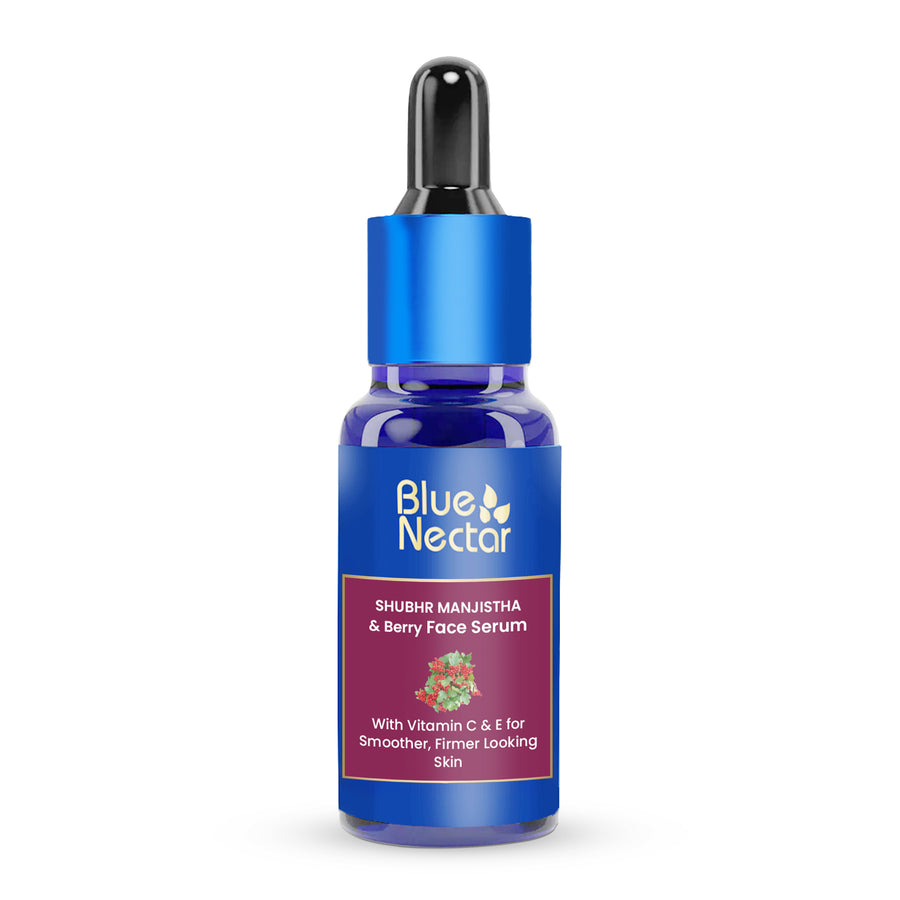
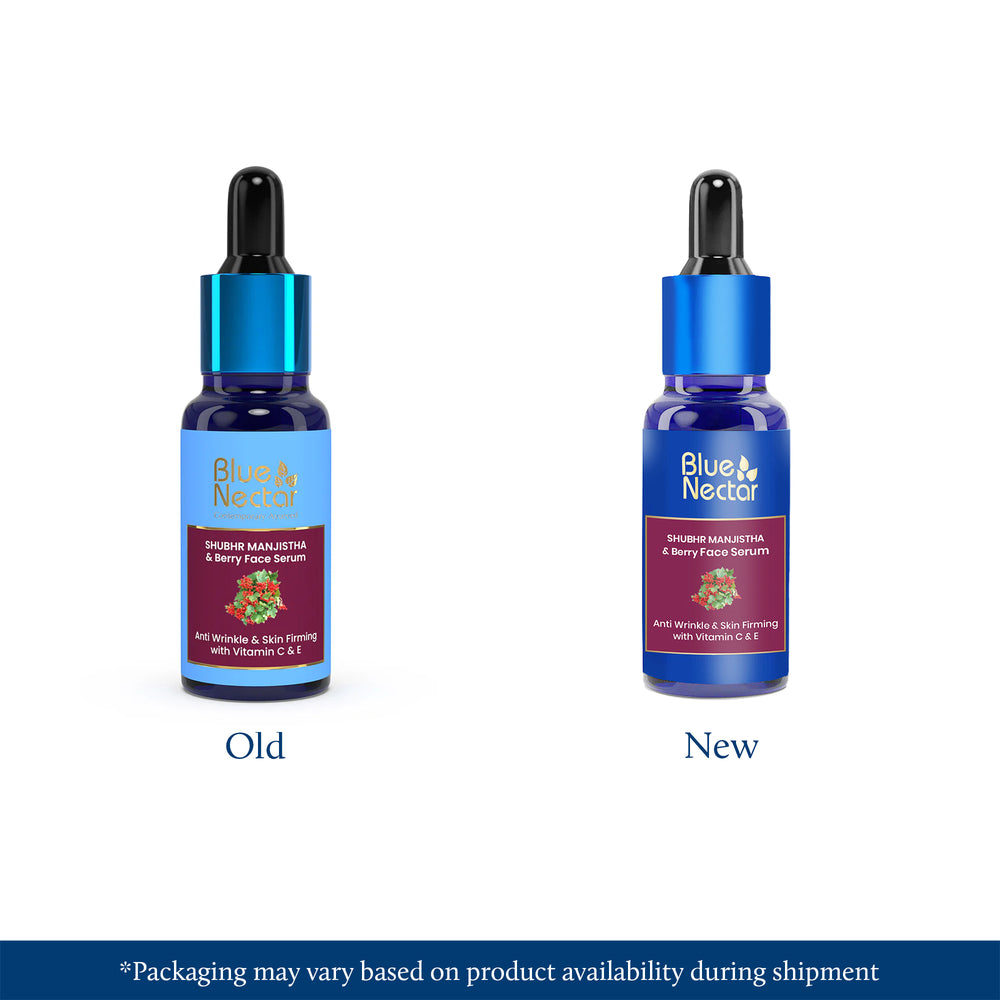
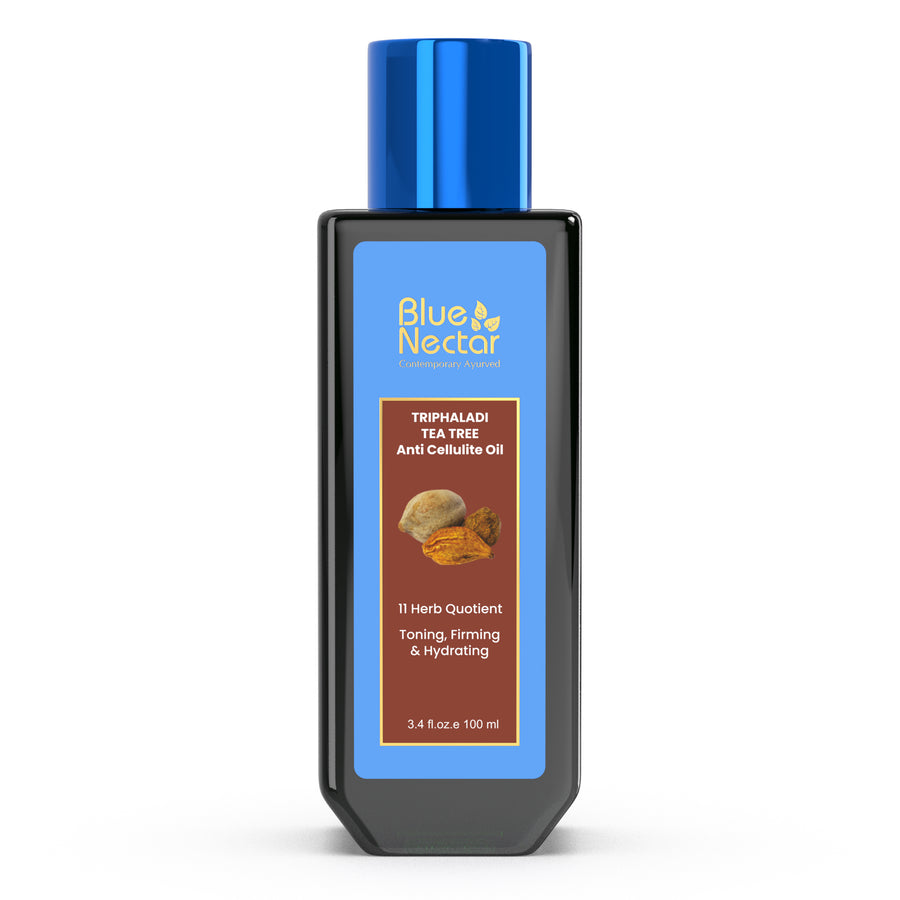
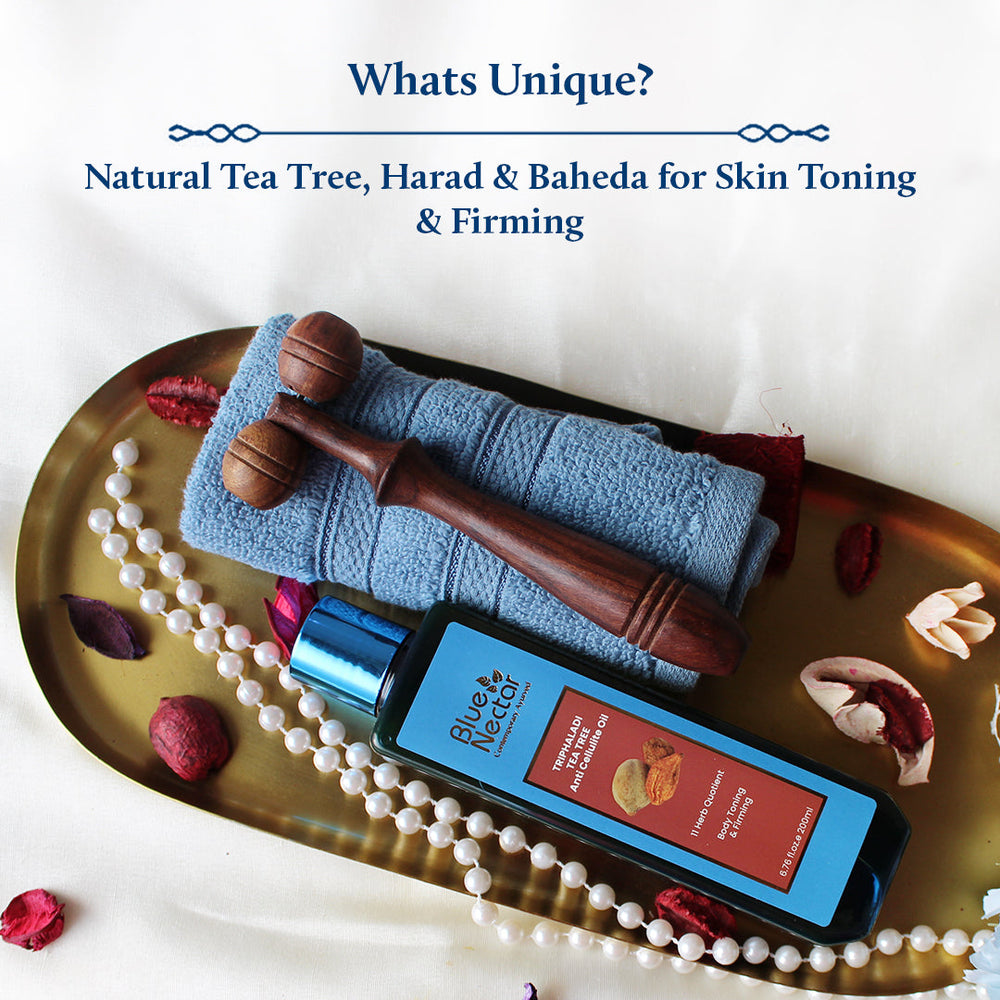


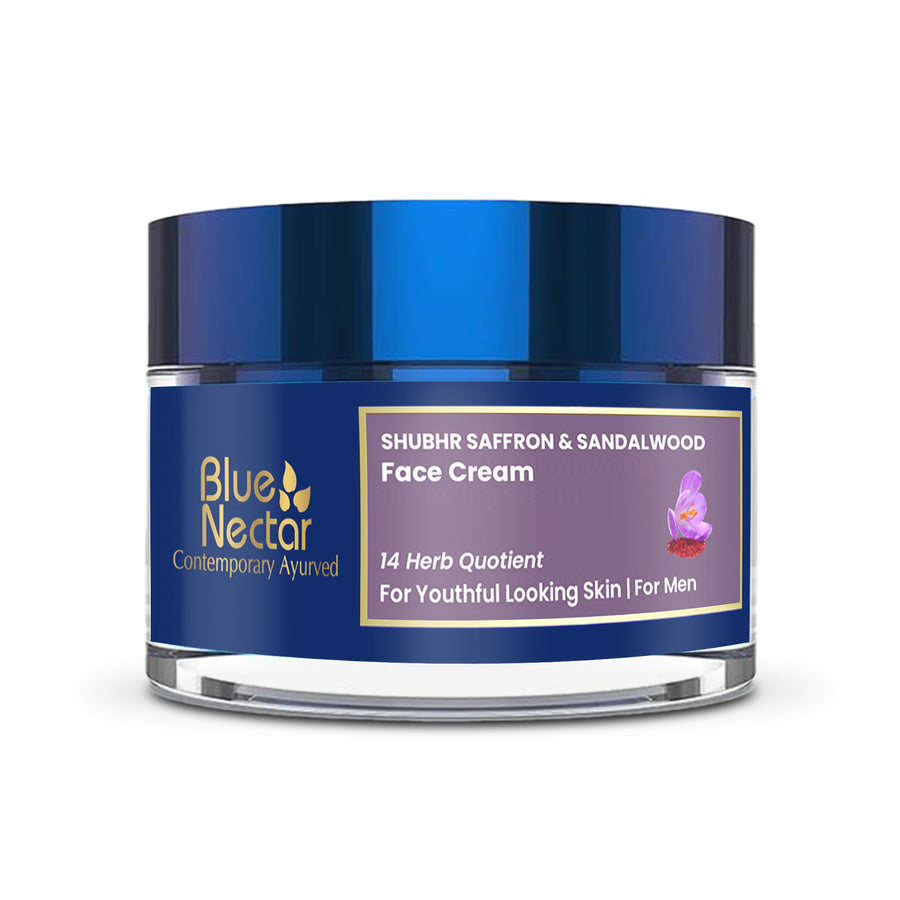
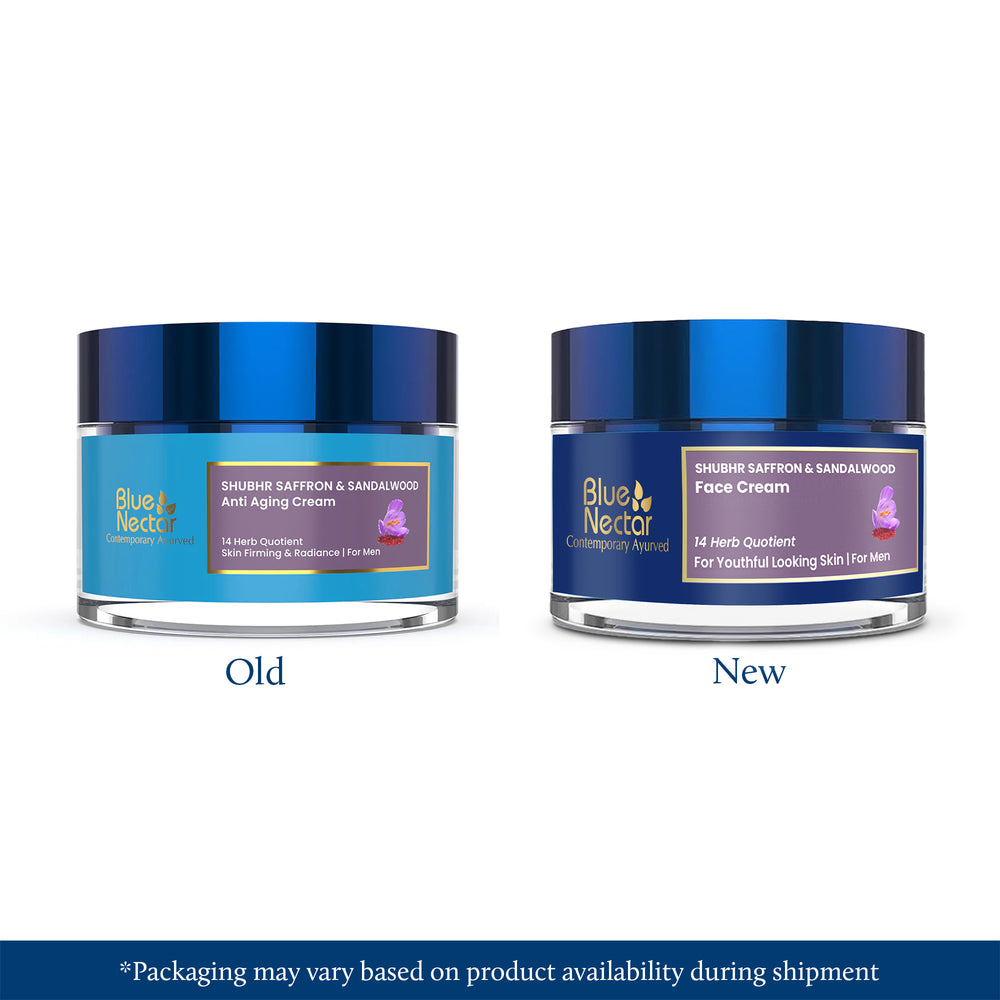
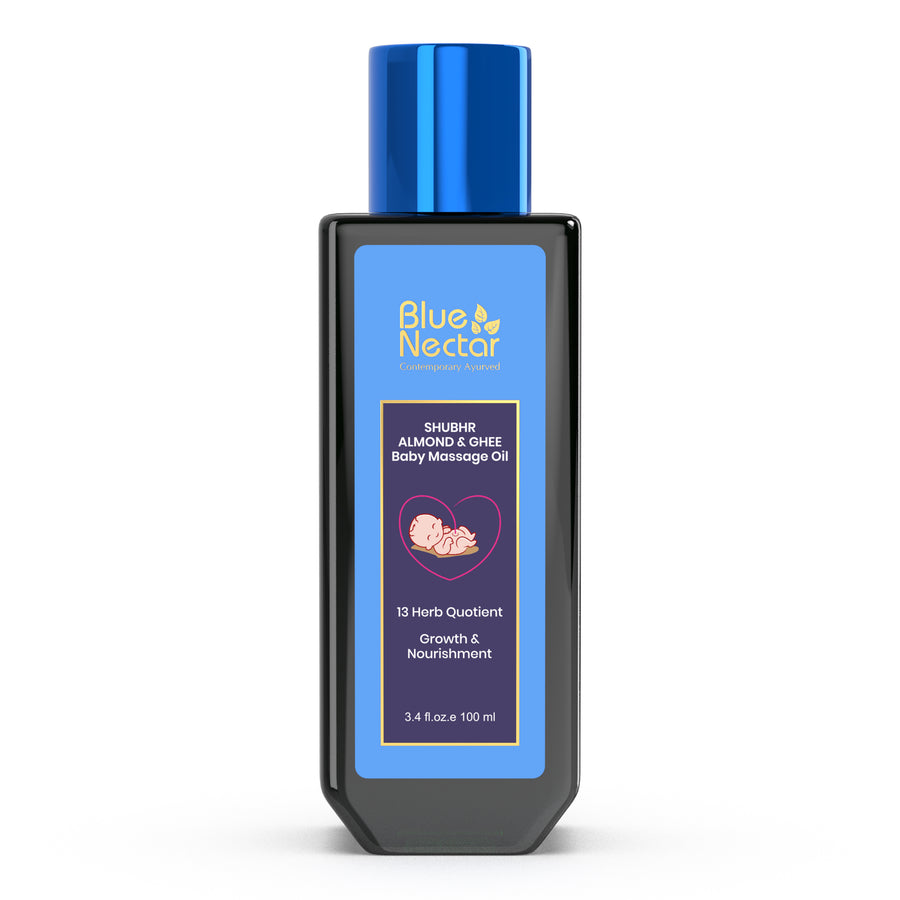
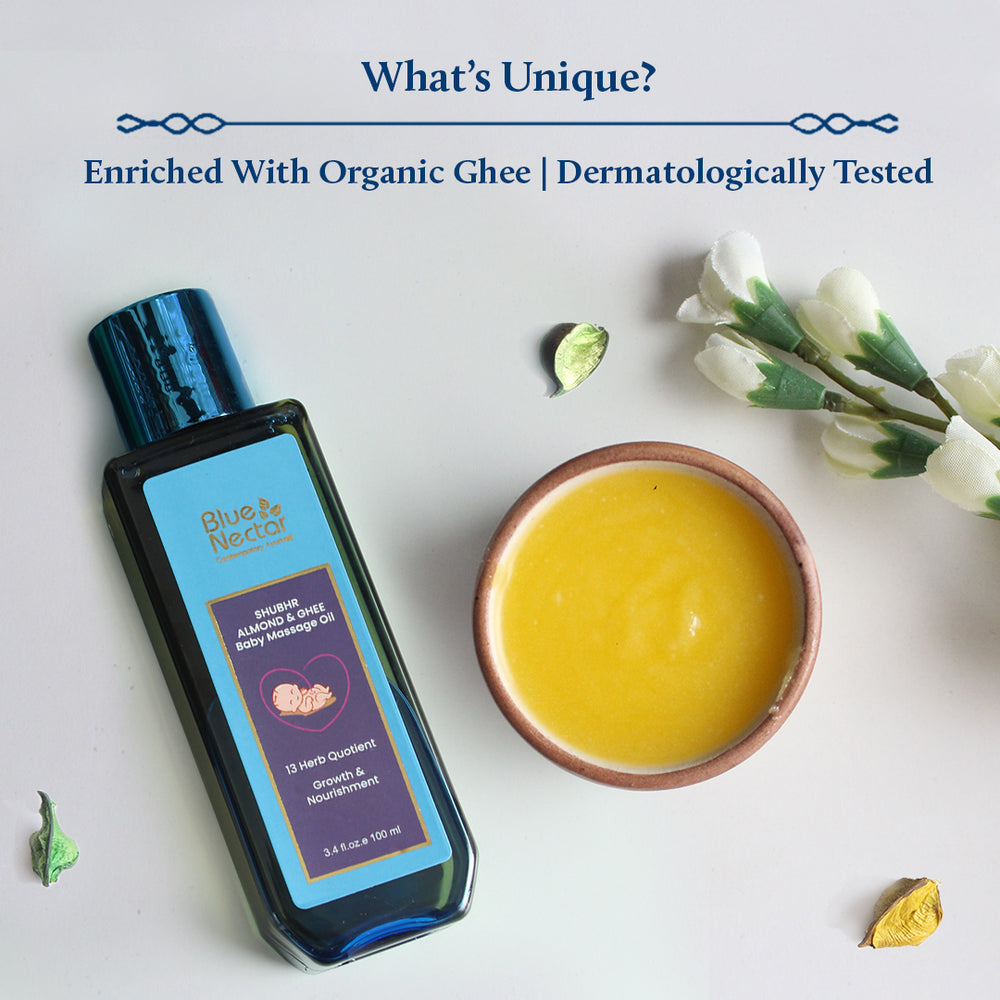
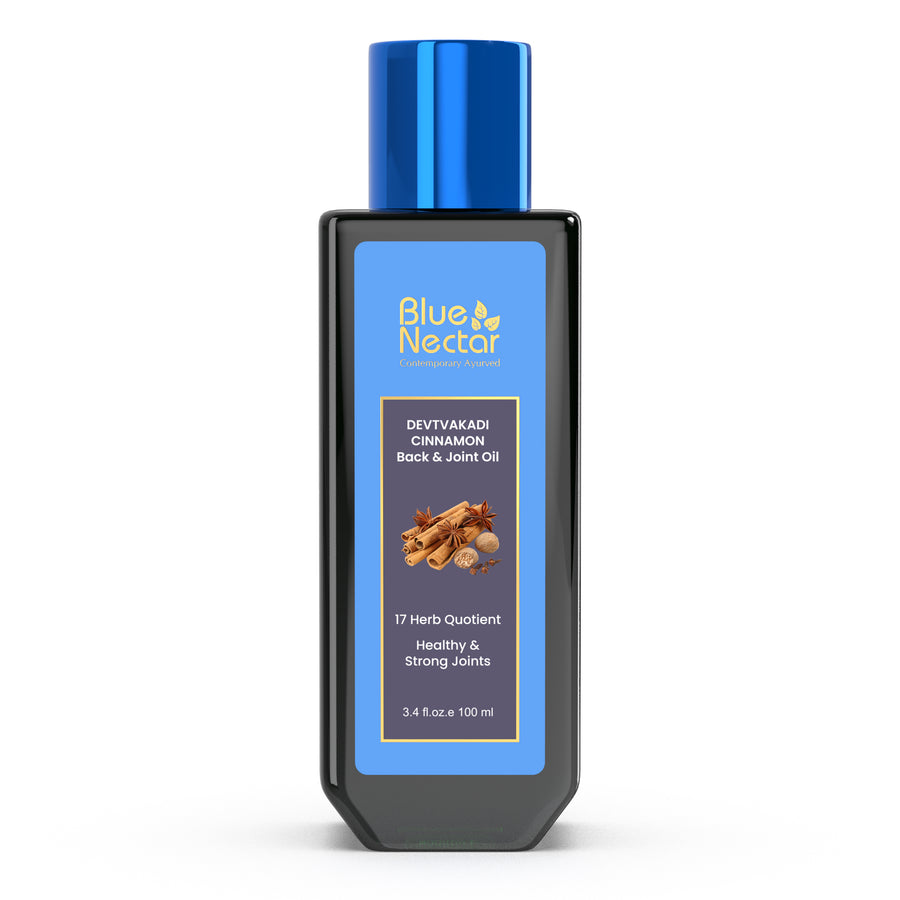
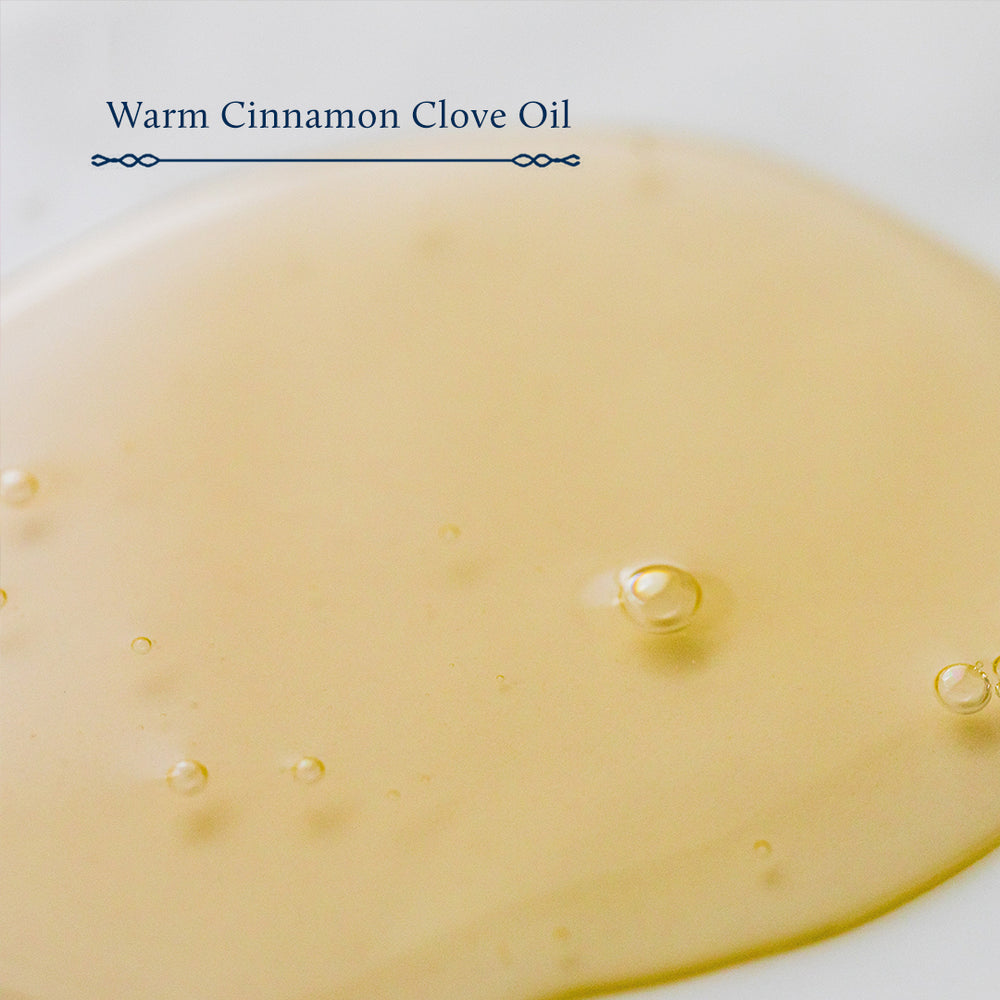


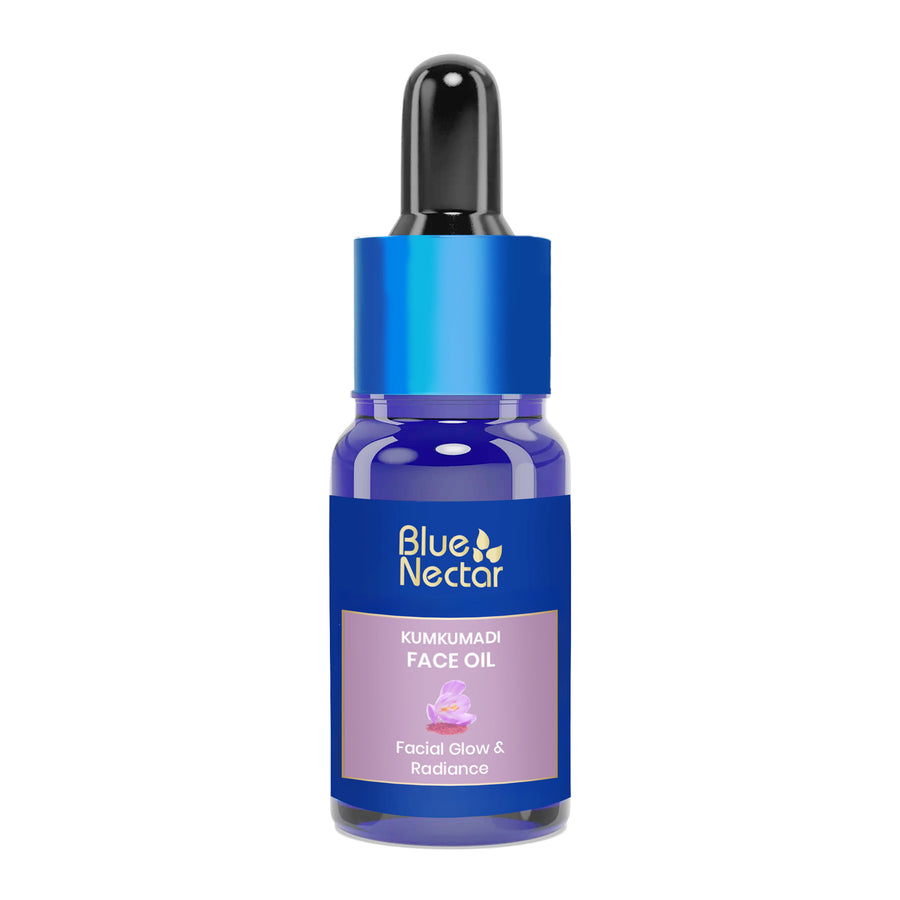
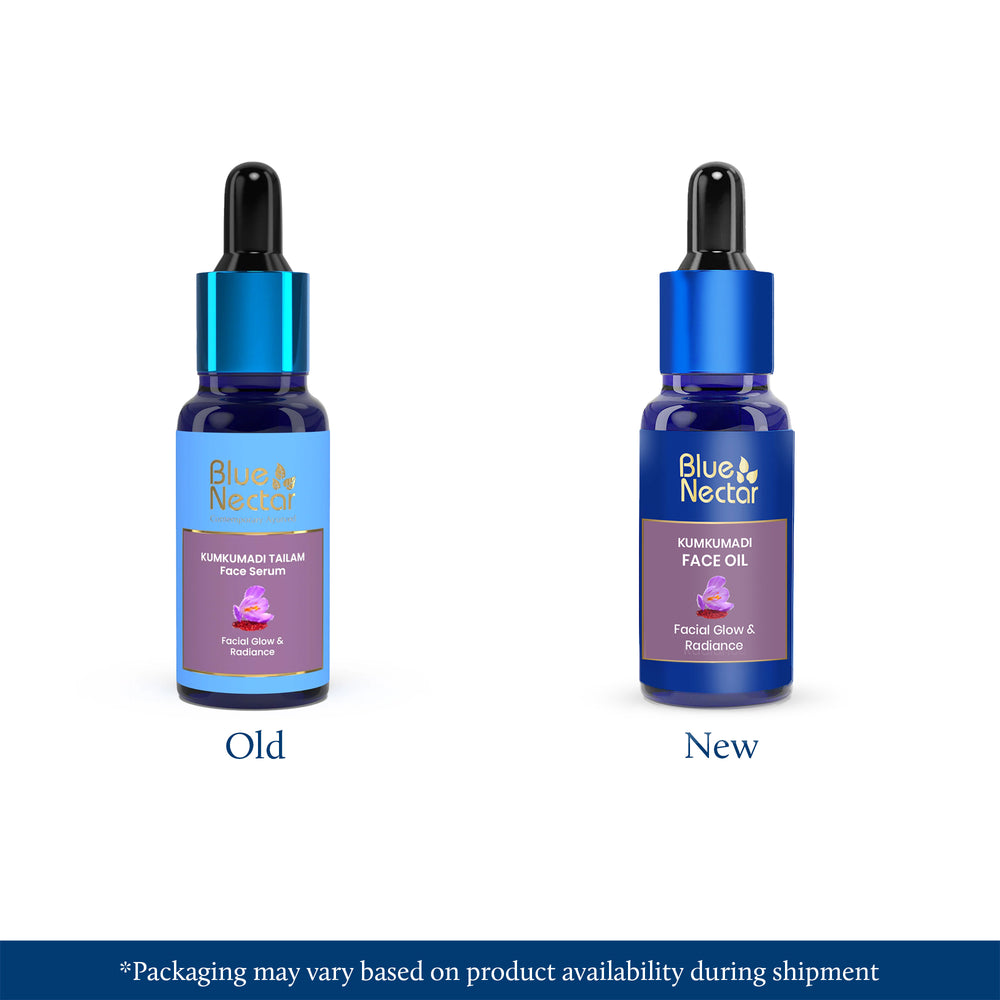
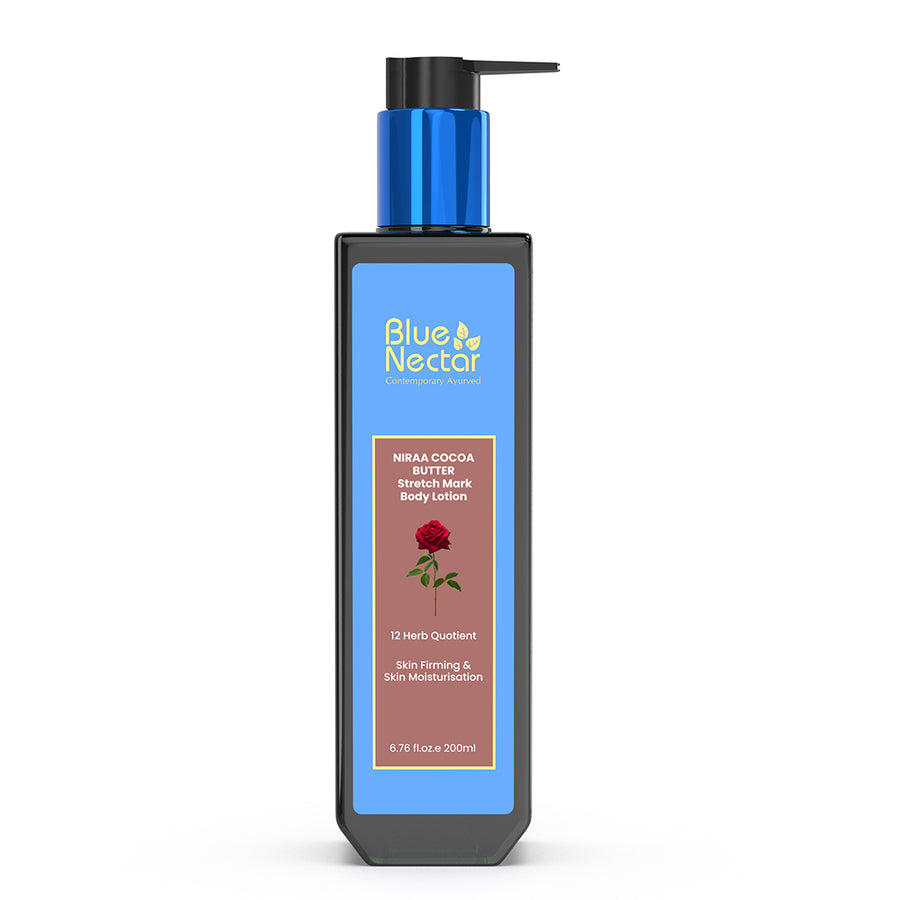
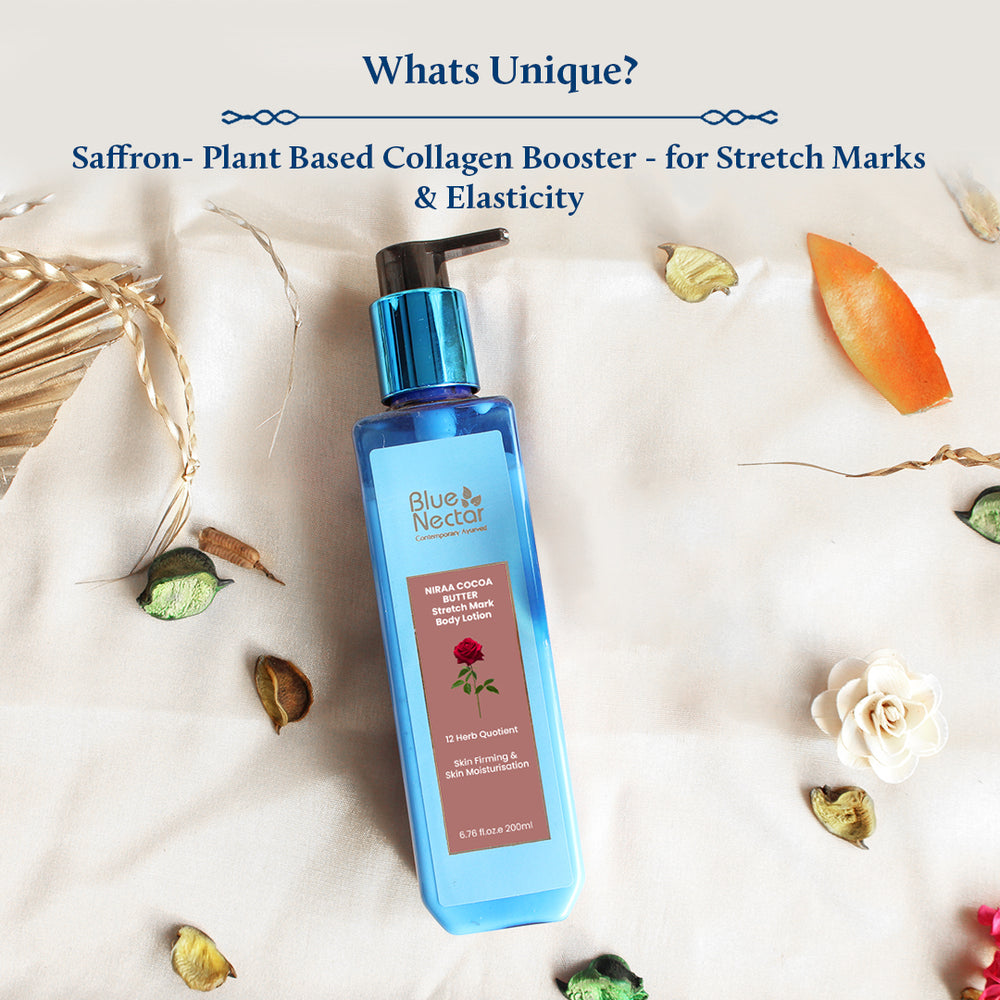
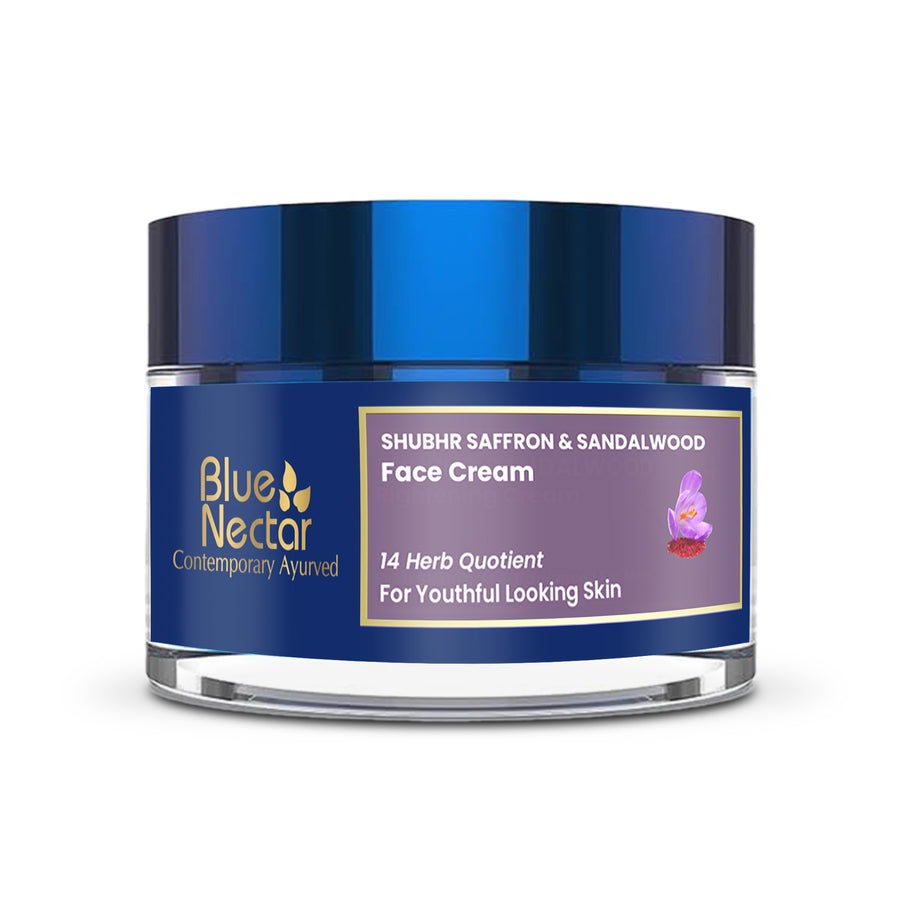
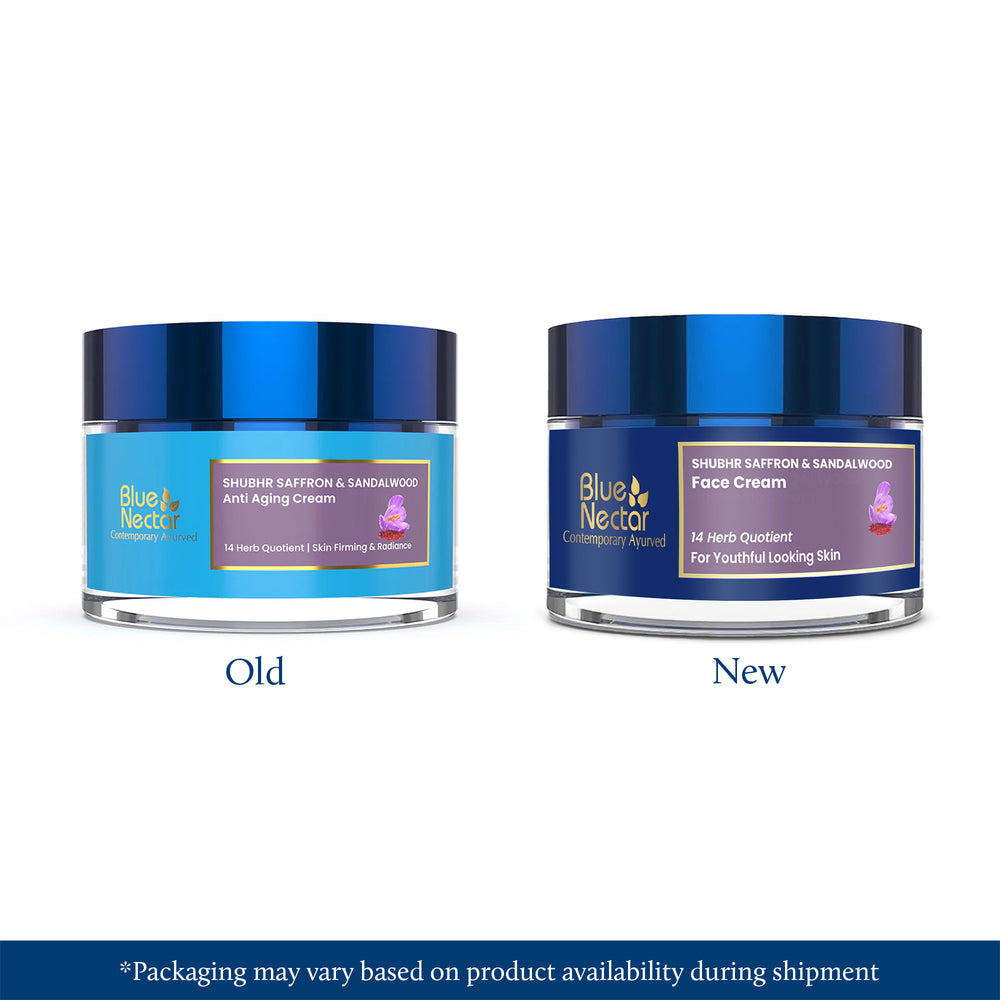
Leave a comment